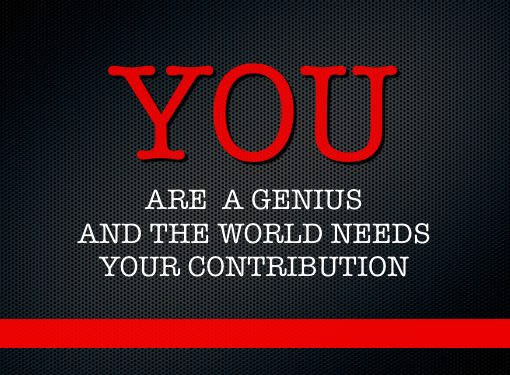I've been following
#etmooc with interest, but with the hectic first week in our Electronic Village Online about neuroscience in Education (
#brainELT), I haven't been much of a contributor, but an active listener.
What I've been trying to explore with much interest and anticipation is how a MOOC develops, unfolds, how conversations start and persist, and, mainly how participants perceive this whole experience of being in a massive online professional development opportunity and react to it. This year I've been having a two-side perspective, as a participant in
#etmooc and a co-moderator in
EVO.
In any online setting, no matter if we have newbies in the digital sphere or more experienced participants, the reaction to the first week in the online setting is one that corroborates what neuroscience has been exploring and helping us understand about the intricate and fascinating world of our brains.
Our brains are wired for survival. So, whenever we come across a new experience, our amygdala, part of our limbic system mainly involved in emotional responses will analyze the situation, and there are three ways we can react.
Imagine we are joyfully walking through the woods with friends. All of a sudden, we come across this huge BEAR.
Amygdala in action. Three possible reactions:
FIGHT - FLIGHT - FREEZE
First, your brain send signals to your amygdala, your body reacts to it, and you act upon it. If you had the right tools and the technical skills, you could even think of shooting the bear, or giving him a sedative. However, a very natural reaction is to flight. You start running as fast as you can. Or you simply freeze, don't know what to do, and have no reaction. You get stuck.
One of the main roles of the amygdala is to prevent threat.
So, getting back to our online world, imagine this brand new context for participants experiencing for the first time an online session, but not simply an online course with a formal structure with a certain number of participants, but an online session with massive challenges. First, understanding how it works, where to go, how to connect, then realizing that it is massive in terms of number of participants. Many of these newcomers should have come from very traditional formal educational settings as learners and as educators. What are their amygdalas screaming? THREAT, THREAT, THREAT! Reactions?
Some just leave with no traces of ever getting there. Other participants get stuck and give up, they don't even give it a try, thinking to themselves, "oh, this is just too much for me. I don't have time for it". In fact, it is really hard to make good decisions when we feel afraid. The brave souls, on the other hand, embark, can even think that it is too much, but they FIGHT, they move on, connect at first a little clumsily, but they become survivors at first, then they just find their way around and thrive. It is that kind of learning that sticks, that stays. The ones who overcome their initial fears of the big digital MOOC bear or just don't face it as any kind of initial threat, but as opportunity, open new spaces for their learning, for new brain connections and personal conversations with like-minded professionals, flourish and radiate their learning through the co-construction of knowledge with peers.
But this is seen from the participant's angle. What really has caught my attention since I've started in the realm of online moderation is the role of the moderators in the process of lowering participants' initial anxiety and helping them see these online PD sessions as an open door for learning with the support of sound instructional design together with spaces that give room to discovery, flexibility, experimentation and connections.
So, this first week of #etmooc and #brainelt has just proven that the moderators' support, be it in the technical aspects of the session or in the human side of just being felt as present for participants, makes a difference for the participants' initial perceptions of the MOOC journey being a big fearful bear with its sharp teeth and huge body facing us or simply not seing any kind of bear at all!
I've seen great examples of support that totally makes a difference - from the orientation synchronous sessions offered by the #etmooc team, the questions on how to better address the initial challenges newcomers face and offerings for a mentee-mentor informal scheme, to a well-designed Wordpress hub to guide participants and a Google+ to let the conversations and sharing flow. Even if for some, it is still a daunting endeavor, everything seems to be manageable with the community support that has been taking place and the wonderful, emotional accounts that members are already sharing in their own learning spaces.
As for the EVO standpoint, just like in #etmooc, what counts, more than the content, are the connections, the learning together as a community, the discussions, just being there with one another. The moderators do their best to be welcome and be present, and we've had a very positive reaction from participants on a
page we created on how to survive the first week and thrive in which we try to have a positive and playful tone to make participants relax and enjoy the ride. The word from a participant that truly got the spirit of this whole orientation period is "liberating".
What online moderators and any educator need to understand is how the emotional brain is always acting and reacting to threat, and when learning situations are perceived as a menace, how can they i design educational endeavors that are welcoming and made of meaningful human connections. In this case, the bear might disappear before one realized that it has ever been around...




